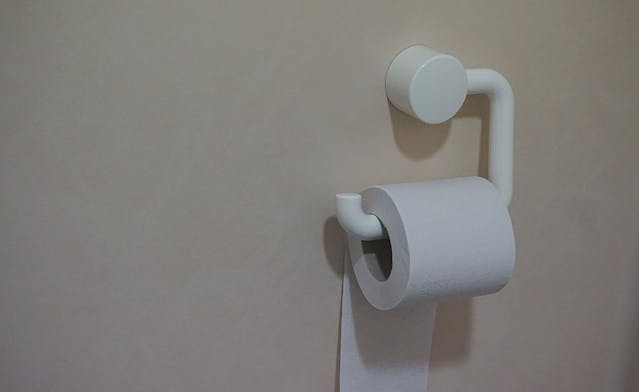Water conservation is becoming a priority for businesses, developers, and facility managers across the UK and Europe. Traditional gravity-based drainage systems use large volumes of water every day, particularly in toilets and high-use facilities. Vacuum drainage systems offer an alternative that reduces water consumption by up to 90%, helping organisations cut costs, improve efficiency, and adopt more sustainable building practices.
Get in touch with EVDS today if you are looking for help with vacuum drainage.
How Vacuum Drainage Works
Instead of relying on continuous water flow and gravity, vacuum drainage uses sealed small-bore pipework and vacuum interface valves to move wastewater to a central collection unit. Toilets and other fixtures only require a small “rinse” volume — often less than a litre — compared to the 6–9 litres used in a traditional WC flush.
- Less water per flush = significant daily savings in high-traffic buildings
- Controlled flow reduces waste and eliminates unnecessary over-flushing
- Centralised collection makes it easier to manage blackwater and greywater sustainably

Quantifying the Water Savings
- Traditional toilets: 6–9 litres per flush
- Vacuum toilets: 0.5–1.2 litres per flush
- In a building with 1,000 daily uses, this can cut water consumption from 9,000 litres to under 1,200 litres per day.
More toilet stats
“A study highlights typical vacuum flush volumes between 0.8–1.5 L, versus 3–9 L for gravity toilets—particularly in trains, mountain lodges, ships, and buildings” MDPI+1.
“Dual-flush toilets in the UK use 3–4 L for a small flush compared to 6–9 L for a large flush—yielding around 50–60% water savings” MDPI+5The Sun+5Wikipedia+5.
That’s an 80–90% reduction in water use — a major difference when you consider long-term utility costs, infrastructure strain, and environmental impact.
Why Water Savings Matter
Saving water has immediate and long-term benefits:
- Lower utility costs – Significant reductions in water bills and sewerage charges
- Improved building efficiency – Less demand on water supply and storage infrastructure
- Future-proofing – Prepares facilities for rising water costs and tighter environmental regulations
- Corporate responsibility – Demonstrates a clear commitment to sustainable resource use
Real-World Impact
Imagine a busy office, hospital, or transport hub where toilets are flushed thousands of times a day. With vacuum toilets using up to 90% less water per flush, the savings quickly add up:
- 1,000 flushes a day at 6 litres each = 6,000 litres used
- 1,000 flushes a day at 0.6 litres each = just 600 litres used
- That’s 5,400 litres saved every day — the equivalent of over 20,000 cups of tea.

Beyond Water Savings
Vacuum drainage contributes to sustainability in other ways too:
- Reduced disruption during installation or refurbishment – No need for deep excavations or floor slopes
- Flexibility in design – Toilets and drains can be relocated easily, supporting adaptive reuse of buildings
- Lower environmental impact – Less reliance on large volumes of clean water for flushing and drainage
Applications That Benefit Most
Vacuum drainage systems deliver the greatest value in high-use or complex environments, including:
- Hospitals and healthcare facilities
- Airports, train stations, and stadiums
- Schools, universities, and offices
- Supermarkets and retail food courts
- High-rise and heritage buildings where gravity drainage is challenging
Conclusion
Vacuum drainage systems represent a smarter, more sustainable approach to building services. By cutting water usage by up to 90%, reducing costs, and offering design flexibility, they help businesses and organisations make practical strides towards sustainability without compromising performance.
